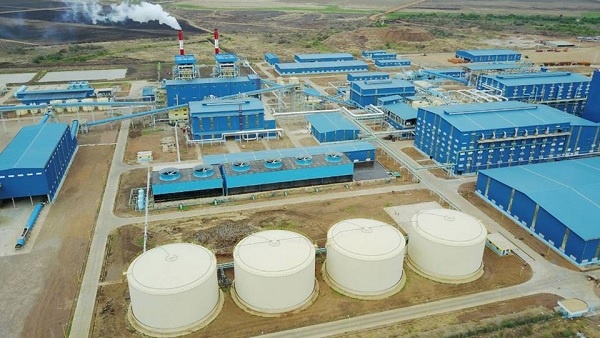
The move to privatize the sugar projects is consistent with other privatization projects in the energy and telecom sector by the new progressive government
(GAIN) – The Ethiopian Sugar Corporation (ESC), a government owned entity, plans to privatize ten partially completed sugar mills and three older mills that are operating in some capacity. In 2010 the ESC started an ambitious plan to construct ten new mills at a cost of more than two billion USD. Shift to today, nine years have passed, and the ESC finds itself in financial crisis with ten partially completed mills. Privatizing the sugar sector will bring some much-needed funds into the GOE’s coffers. This move is consistent with other privatization projects in the energy and telecom sector by the new progressive government.
Post projects Ethiopia’s 2019/20 sugar production to be 240,000 MT, 33% below the United States Department of Agriculture (USDA) previous estimate of 400,000 MT due to technical and management challenges. The Ethiopian Sugar Corporation (ESC), the state agency in charge of regulating production, import, and export of sugar planned to meet local sugar demand from domestic production by 2012. However, while production start showing slight growth up to 2017/18 it then declined after 2018/19 due to environmental challenges like heavy and unpredictable rainfall in some project areas, poor investments in production technology, and difficulty of managing the construction of 10 new sugar projects at one time. The government recently decided to privatize all sugar projects and minimize state involvement in the sector.
USDA’s Foreign Agricultural Service (FAS)/Addis Ababa forecasts MY 2019/20 sugar consumption to reach 640,000 metric tons due to population growth (around 2.6%) and the development of food processing industrial parks. This growth is supported by the increase of rural community in using sugar in hot drinks coupled with the diversification of sugar-based products on the market. In the past, nearly sixty to seventy percent of total consumption was met by local production. In 2018/19, sugar consumption was limited to 580,000 metric tons due to shortage of supply. After 2017/18 with local production decreasing, sugar supply has become a hot button political issue. It has become common to see long lines of people at community owned shops waiting for sugar.
Since 1993, Ethiopia has become dependent on imported sugar to meet domestic demand. Annually the sugar mills closed between mid-June up to September due to rainfall and do repair and maintenance. During those months, sugar projects plant and care for the sugar cane for the next harvest. Households buy sugar at state organized small union shops (the lowest administrative structure) which distribute rations at a government determined price based primarily on family size and availability. This is the only possibility for many Ethiopians to get sugar. Those households whose consumption exceed the given ration amount can buy sugar at higher price from private stores and groceries in the major cities and towns. There is also some informal neighborhood trade where some households sell part of their ration to economically better of neighbors. Annual sugar demand per individuals is estimated at an average of 10 kilograms and current supply per individual stands between 5-6 kg.
Read the full report with complete data on USDA’s Global Agriculture Information Network (GAIN)
